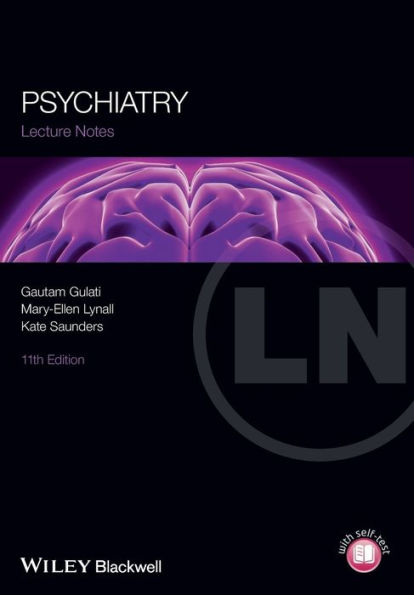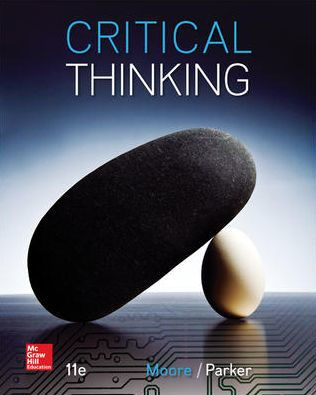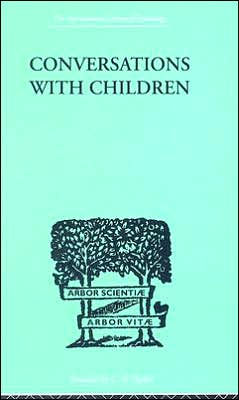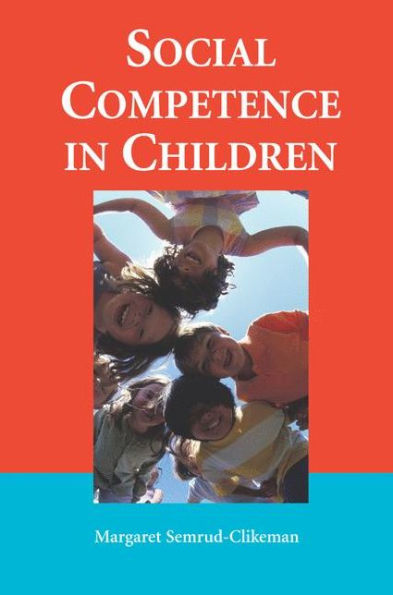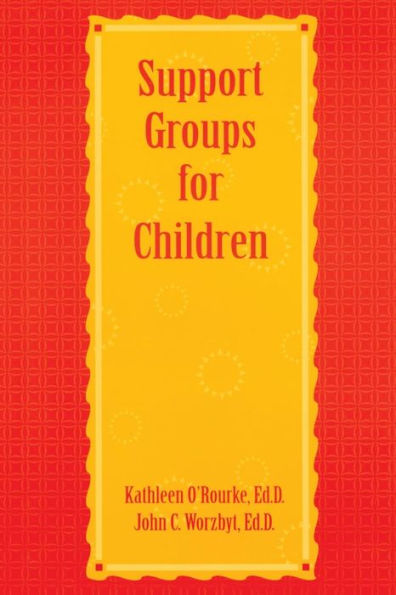Home
Educating Exceptional Children / Edition 11
Barnes and Noble
Educating Exceptional Children / Edition 11
Current price: $173.95
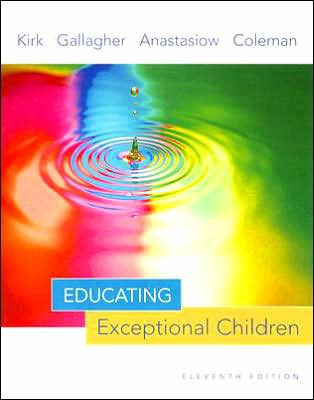

Barnes and Noble
Educating Exceptional Children / Edition 11
Current price: $173.95
Size: OS
Loading Inventory...
*Product information may vary - to confirm product availability, pricing, shipping and return information please contact Barnes and Noble
This authoritative text the first survey of exceptional children to be published is regarded for its academic approach and its coverage of all categories of children with disabilities and children who are gifted and talented.
The text emphasizes an ecological approach to special education, focusing on increasing awareness of the exceptional child as an individual who is influenced by and must cope with family, peers, school, and society.
New!
The Tenth Edition contains new four-color inserts and a paperback format. The inserts include active portraits of exceptional children, profiles of professionals, practical applications, field activities, and web site resources. The inserts highlight key areas in special education-Inclusion in Context: Providing a Range of Options, The Multidisciplinary Team: Working Together to Benefit the Child, Transition: Helping Children Move On, and Assistive Technology: Helping All Children Succeed in School.
Chapter 9, Autism Spectrum Disorder, explores the history, prevalence, and programs designed to work with autistic children. It also offers valuable teaching strategies and examines the importance of structure and routine.
A companion web site offers resources for students and instructors, including stories and cases of students with disabilities, discussion questions, self-tests, further resources for Educational Adaptations, and web links.
The Inclusion in Context feature, which appears in each chapter as part of Educational Adaptations, takes a balanced approach to the issue of appropriate placement.
The Foreword and Introduction celebrate thelongevity of the text. The foreword is written by Edwin Martin, head of the Learning Disabilities Division of CEC and Former Director of the Office of Special Education for the U.S. Department of Education.
The Future Challenges feature focuses on the future of special education.
The text contains over 100 new Margin Notes, including many that provide URLs directly related to chapter content.
The text features increased coverage of diversity, including discussion on bilingual children with communication disorders, cultural differences and assessment, multicultural issues for students with visual impairment, and issues of diversity for students with learning disabilities.
Expanded coverage of technology includes sections on speech to print systems, computers and the Internet, hearing aid technology, telecommunication relay service, assistive technology for students with multiple and severe disabilities, and assistive technology for students with mental retardation.
Updated content on family and lifespan covers peer influences, parent empowerment, siblings, emotional development and the family, families from diverse cultures, parent involvement with children who are deaf, inclusion in preschool for children who are deaf, issues encountered by parents of children with physical and health impairments, and family and lifespan issues for children with autism.
The Ecology of the Child feature appears in every chapter and focuses on the family, school, peers, culture, or community in relation to the exceptional child. One-third of these features are new in this edition.
The text emphasizes an ecological approach to special education, focusing on increasing awareness of the exceptional child as an individual who is influenced by and must cope with family, peers, school, and society.
New!
The Tenth Edition contains new four-color inserts and a paperback format. The inserts include active portraits of exceptional children, profiles of professionals, practical applications, field activities, and web site resources. The inserts highlight key areas in special education-Inclusion in Context: Providing a Range of Options, The Multidisciplinary Team: Working Together to Benefit the Child, Transition: Helping Children Move On, and Assistive Technology: Helping All Children Succeed in School.
Chapter 9, Autism Spectrum Disorder, explores the history, prevalence, and programs designed to work with autistic children. It also offers valuable teaching strategies and examines the importance of structure and routine.
A companion web site offers resources for students and instructors, including stories and cases of students with disabilities, discussion questions, self-tests, further resources for Educational Adaptations, and web links.
The Inclusion in Context feature, which appears in each chapter as part of Educational Adaptations, takes a balanced approach to the issue of appropriate placement.
The Foreword and Introduction celebrate thelongevity of the text. The foreword is written by Edwin Martin, head of the Learning Disabilities Division of CEC and Former Director of the Office of Special Education for the U.S. Department of Education.
The Future Challenges feature focuses on the future of special education.
The text contains over 100 new Margin Notes, including many that provide URLs directly related to chapter content.
The text features increased coverage of diversity, including discussion on bilingual children with communication disorders, cultural differences and assessment, multicultural issues for students with visual impairment, and issues of diversity for students with learning disabilities.
Expanded coverage of technology includes sections on speech to print systems, computers and the Internet, hearing aid technology, telecommunication relay service, assistive technology for students with multiple and severe disabilities, and assistive technology for students with mental retardation.
Updated content on family and lifespan covers peer influences, parent empowerment, siblings, emotional development and the family, families from diverse cultures, parent involvement with children who are deaf, inclusion in preschool for children who are deaf, issues encountered by parents of children with physical and health impairments, and family and lifespan issues for children with autism.
The Ecology of the Child feature appears in every chapter and focuses on the family, school, peers, culture, or community in relation to the exceptional child. One-third of these features are new in this edition.

